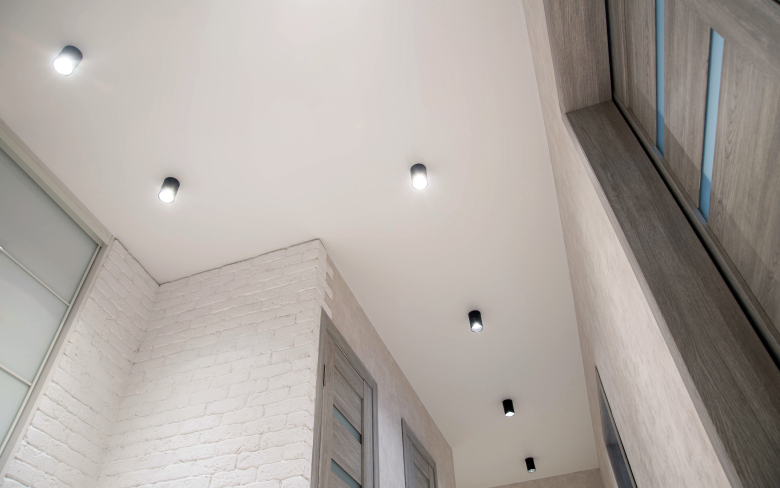July 13, 2023

Understanding the Concept of Beam Angle in Lighting Design
At times, this might go unnoticed, but the lighting design of the space is substantial for creating the type of mood and feeling desired in the environment. From picking the right colour to choosing the appropriate fixture design, even the slightest change in the illumination can make a big difference. Among various other aspects and characteristics, the concept of beam angle is of paramount significance when it comes to achieving optimum illumination.
As the name suggests, it is the measurement of the angle at which the light spreads from the illumination source. Whether you're designing a professional lighting installation or simply seeking to enhance the ambience of your workspace, understanding the intricacies of beam angle is essential.
In this blog, we will delve into the fundamental definition of beam angle and its significance in achieving optimal lighting effects with the help of outdoor and indoor lighting solutions.
What is the Beam Angle?
The concept of beam angle lies at the heart of lighting design, where precision and control over the distribution of light are essential. In the realm of illumination, beam angle refers to the spread of light emitted from a source. It determines the width of the light beam and its directionality.
There are different types of beam angles, including, narrow, medium, and wide angles. Selecting the appropriate angle depends on the lighting needs of the space and the task to be executed.
Why is the Beam Angle Important?
The significance of beam angle lies in its ability to shape the visual experience of the occupants and optimise the overall lighting scheme. From architectural lighting installations to theatrical productions, understanding and harnessing the power of beam angle is essential for commercial lighting design professionals. Here’s what you can do by integrating the right beam angle:
Highlighting the focal point- In any space, there are specific elements that deserve special attention. The right beam angle allows lighting professionals to emphasize and highlight these focal points. By narrowing the beam angle and focusing the light precisely on the intended area, one can draw the viewer's gaze and enhance the visual impact of the highlighted element.
Creating the right ambience- The choice of beam angle also has an impact on the ambience of the space. For instance, a wider beam angle can diffuse light over a larger area, creating a softer and more diffused illumination, while a narrower beam angle can create sharper shadows and more dramatic effects, adding depth and dimension to the environment.
Achieving the desired light distribution- Properly selecting and positioning light sources with different beam angles can help create layers of light, guiding the viewer's attention and enhancing the perception of depth and space. In short, beam angle plays a crucial role in achieving optimal light distribution.
Types of Different Beam Angles
As mentioned above, there are different types of beam angles that are suited to achieve the desired illuminating effect.
